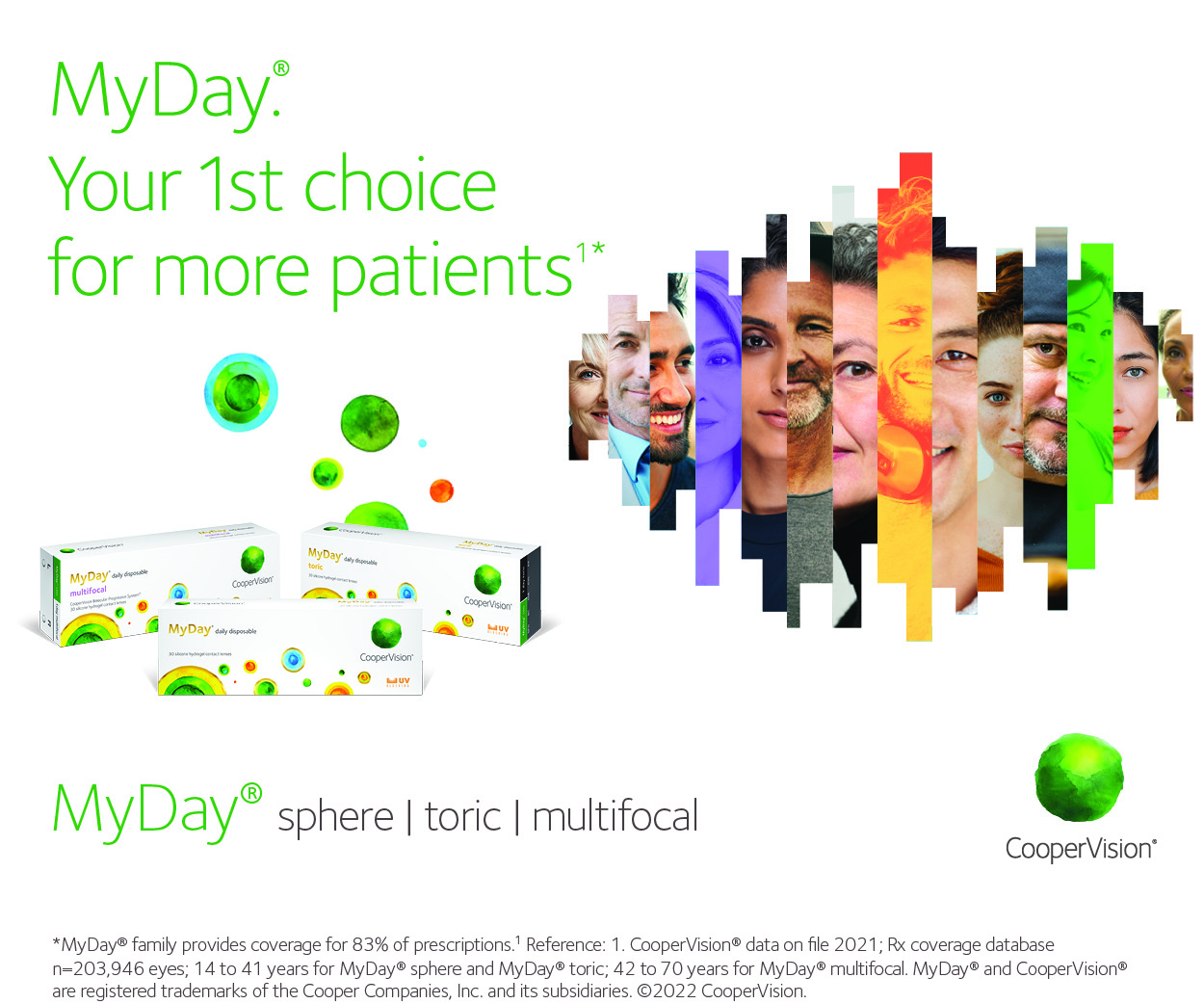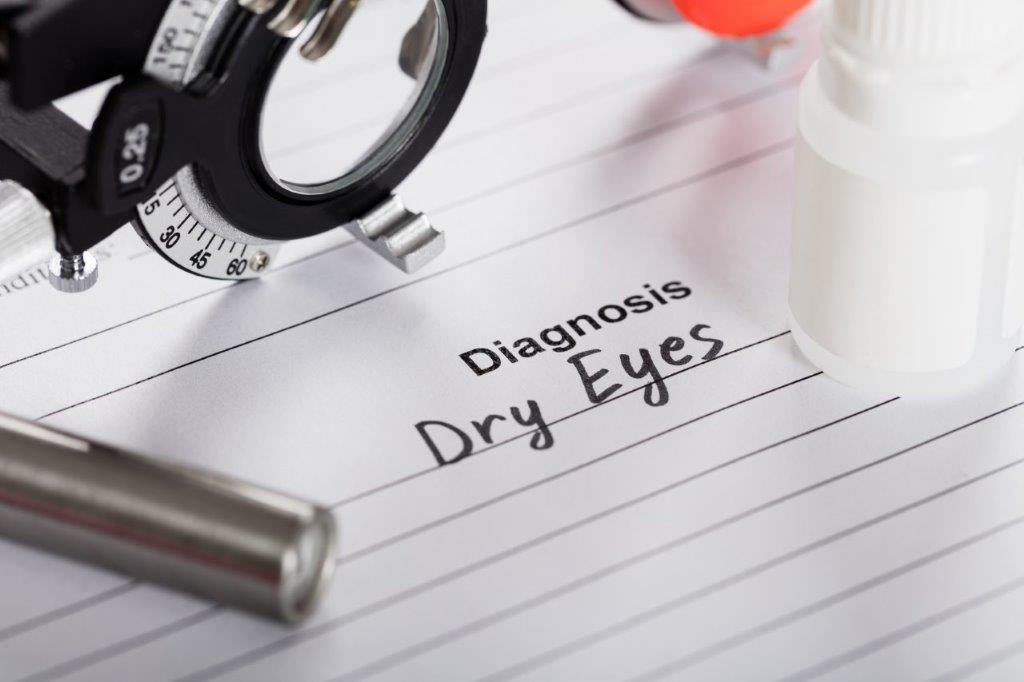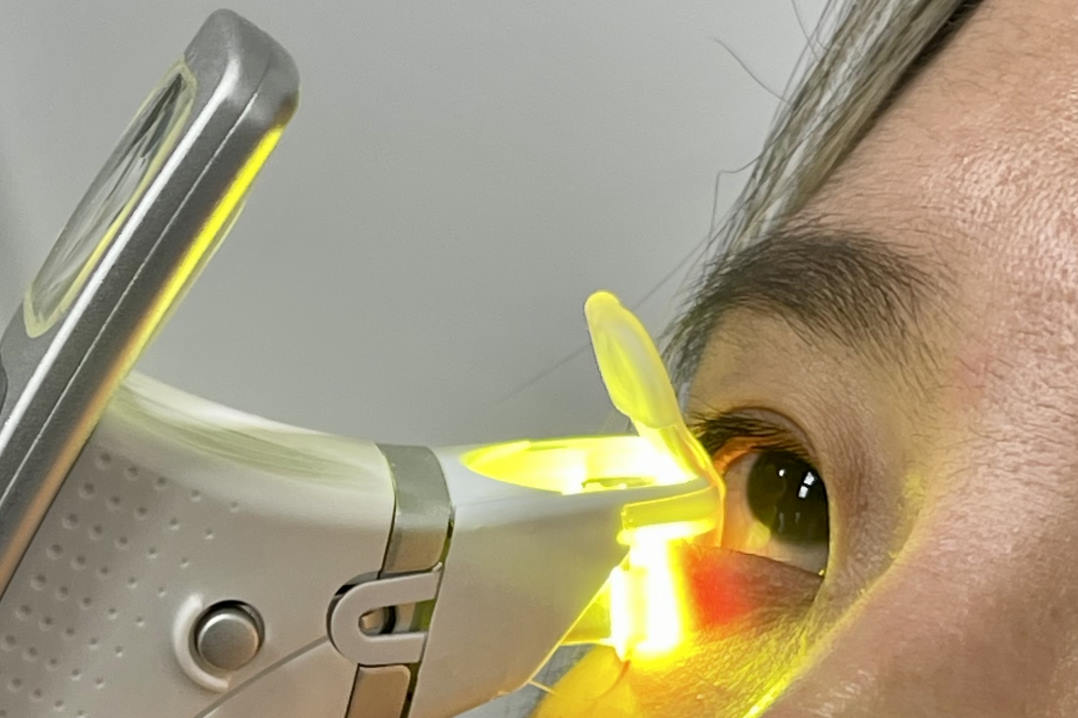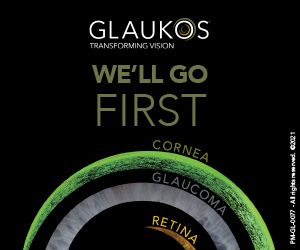Eye-drop bottle use barriers for seniors
Since dry eye often needs long-term and regular treatment with eye drops, compliance is important to achieve favourable therapeutic outcomes. Difficulty in squeezing eye drop containers has been reported as one of the major barriers for eye drop compliance1,2.
Effective instillation depends on sufficient grip and pinch strength, which are often diminished in the elderly and those with arthritis. Newer eye drop delivery systems offer benefits such as preservative-free storage without risking contamination but they differ in design from traditional bottles that work by squeezing, potentially increasing difficulty of use. This novel study examined and compared self-reported challenges of elderly participants, with or without arthritis, in using these modern bottle designs.
We assessed relatively new bottle designs with the inclusion of a traditional squeezable bottle for comparison (Fig 1).

Fig 1. Schematic representation of the various eye drop bottle designs tested in the study. These included COMOD, spray, single-use minims, traditional squeezable bottle with nozzle and squeezable bottle without nozzle
The arthritis group exhibited lower pinch and grip strengths than control (p<0.05). Irrespective of group, females displayed lower pinch and grip strength than males (both p<0.05). Presence of arthritis was found to be associated with increased difficulty in squeezing. The arthritis group also demonstrated higher likelihood of unintentionally expelling more than one drop (p<0.05). COMOD (Continuous mono dose) bottles, sprays and unit-dose minims were more difficult to use than squeezable bottles. Many participants were unfamiliar with the COMOD bottle and required instructions on how to operate it, while several, even with instructions, were unable to dispense product from the spray, COMOD, or unit-dose minims.
We observed that elderly patients often experience difficulties using modern eye drop bottles, more so if they have arthritis. Providing clear instructions, in-practice instruction and trialling newer bottle designs may support patient success in use and longer-term compliance. Clinicians should consider the usability of different delivery systems, especially for elderly and for patients with arthritis, when prescribing or recommending eye drops.
References
1. Connor AJ, Severn PS. Force requirements in topical medicine use--the squeezability factor. Eye (Lond). 2011;25(4):466-9.
2. Mehuys E, Delaey C, Christiaens T, Van Bortel L, Van Tongelen I, Remon JP, Boussery K. Eye drop technique and patient-reported problems in a real-world population of eye drop users. Eye (Lond). 2020 Aug;34(8):1392-1398.

Dr Kalika Bandamwar is a research fellow with OSL, in the department of ophthalmology at the University of Auckland, and a fellow of the British Contact Lens Association. Her research interests include dry eye disease, ocular surface and contact lenses.
![]()
























